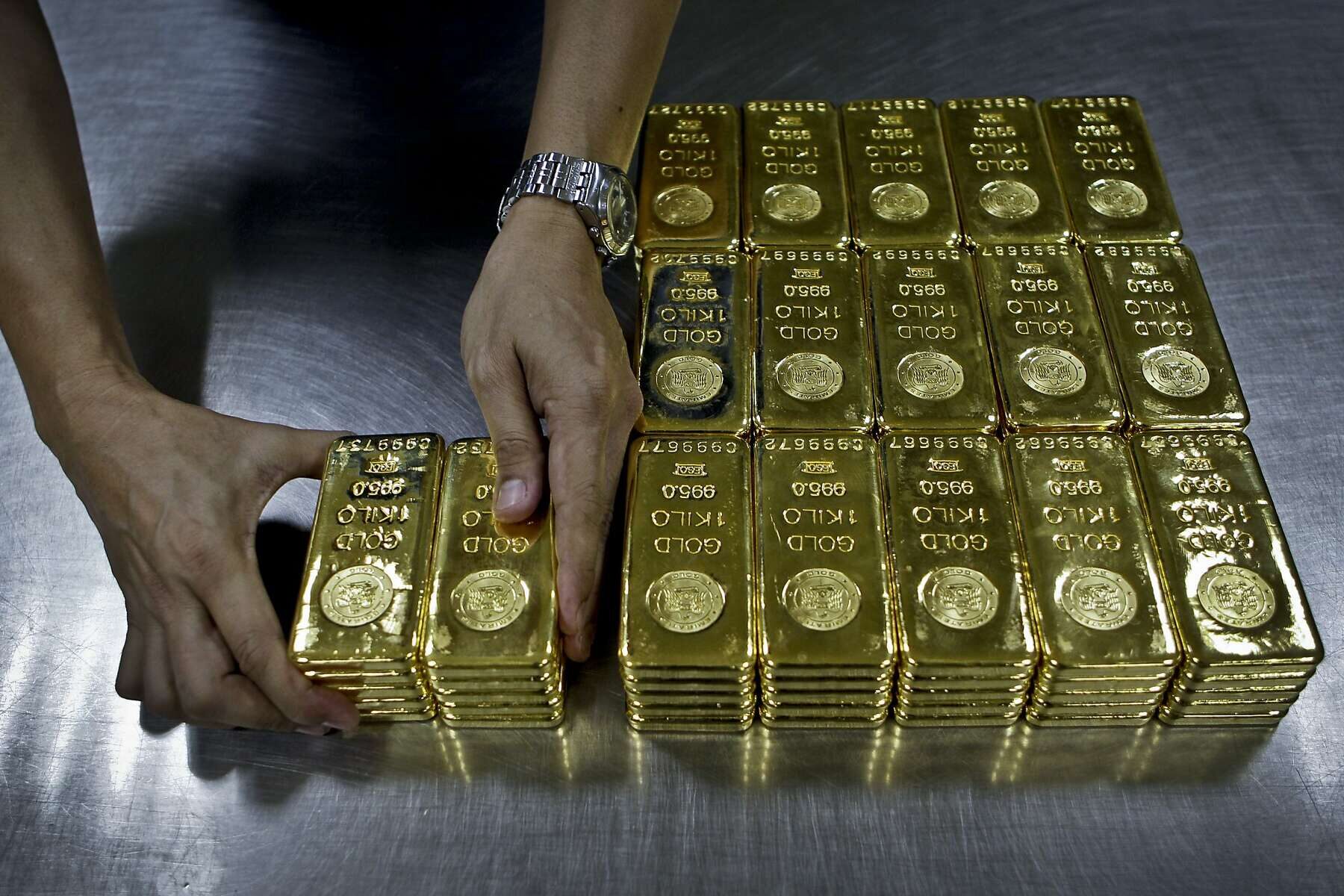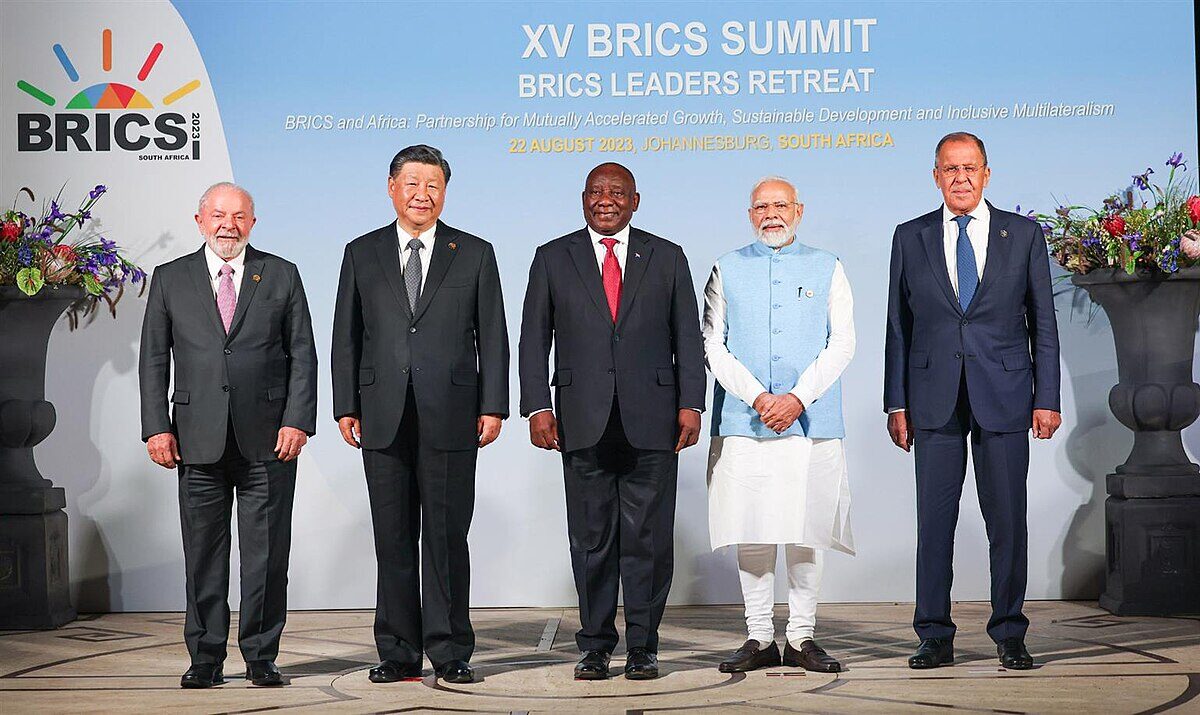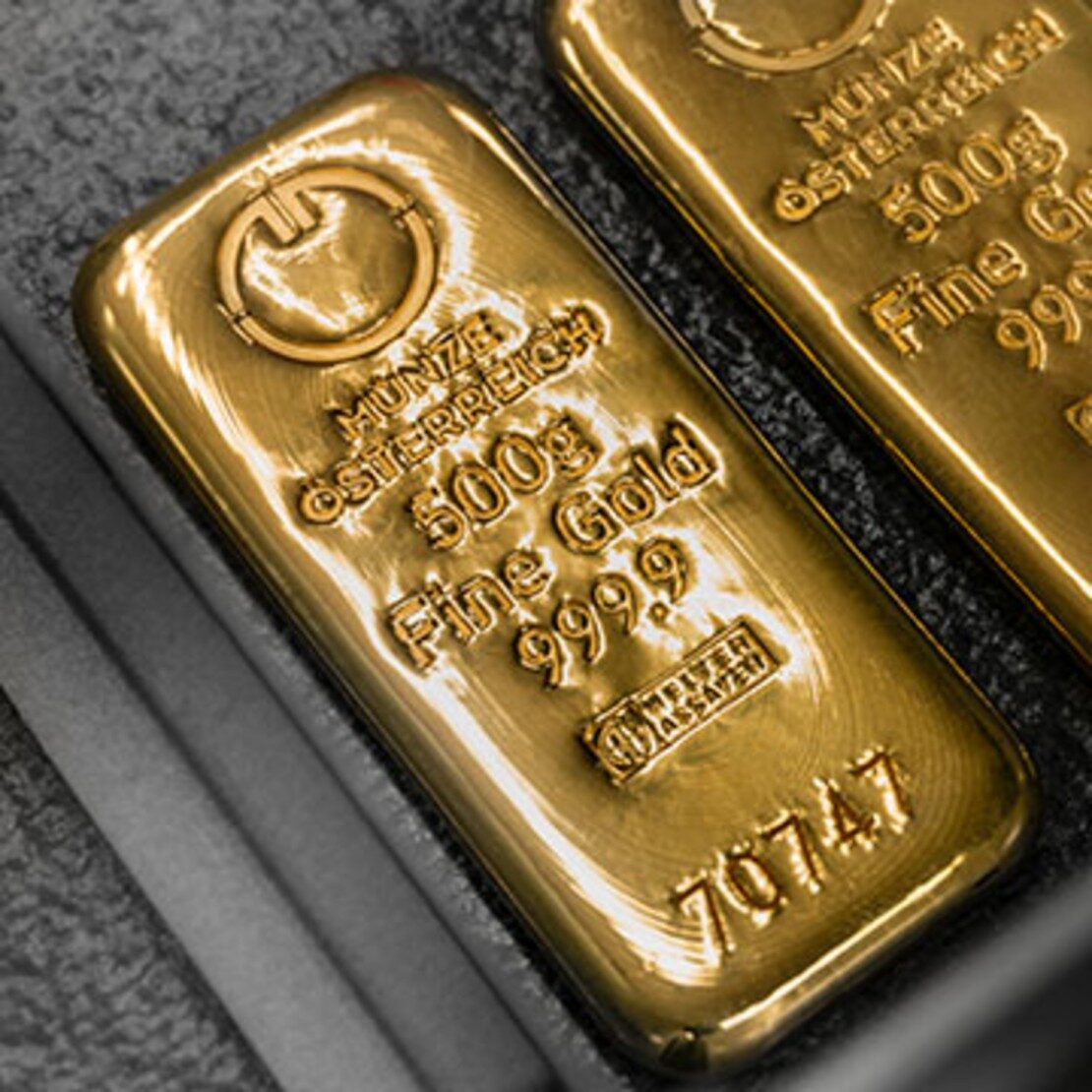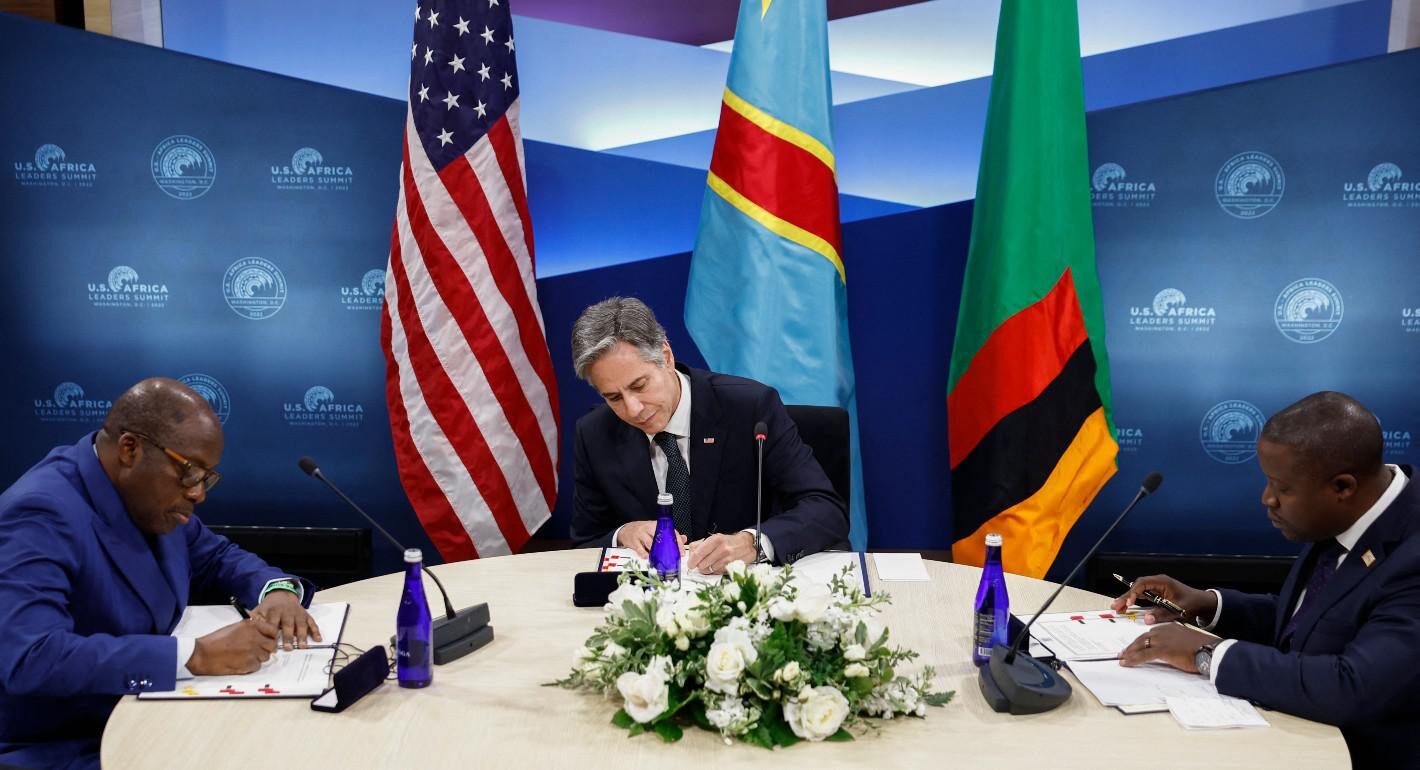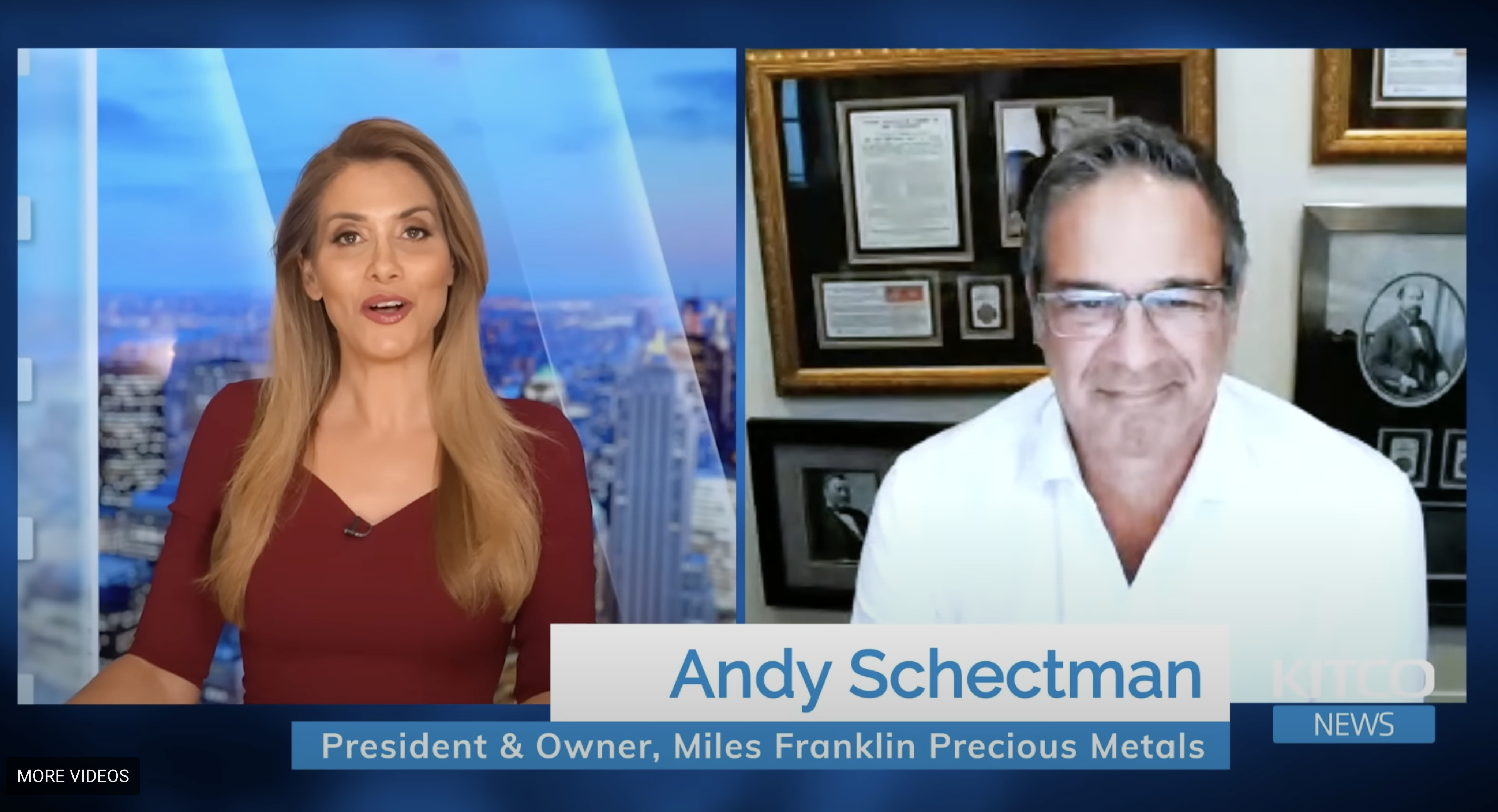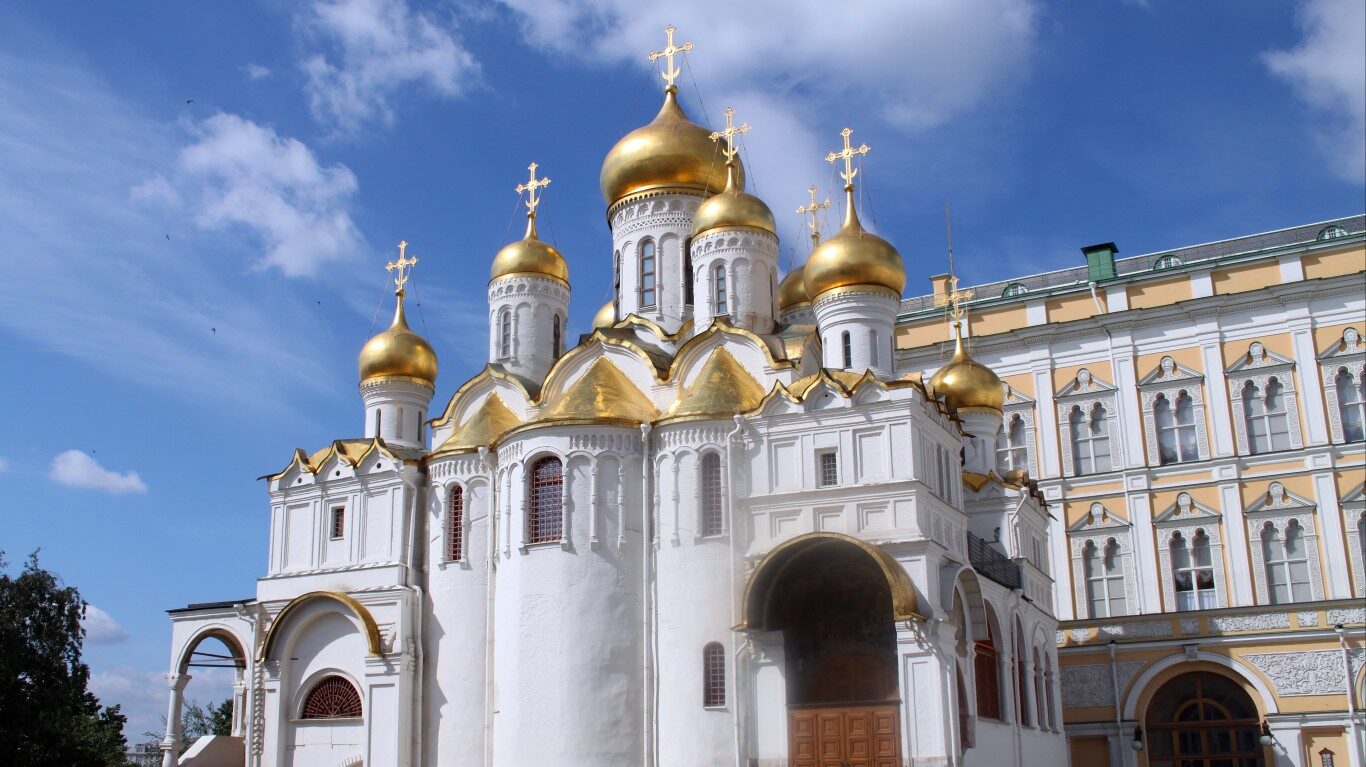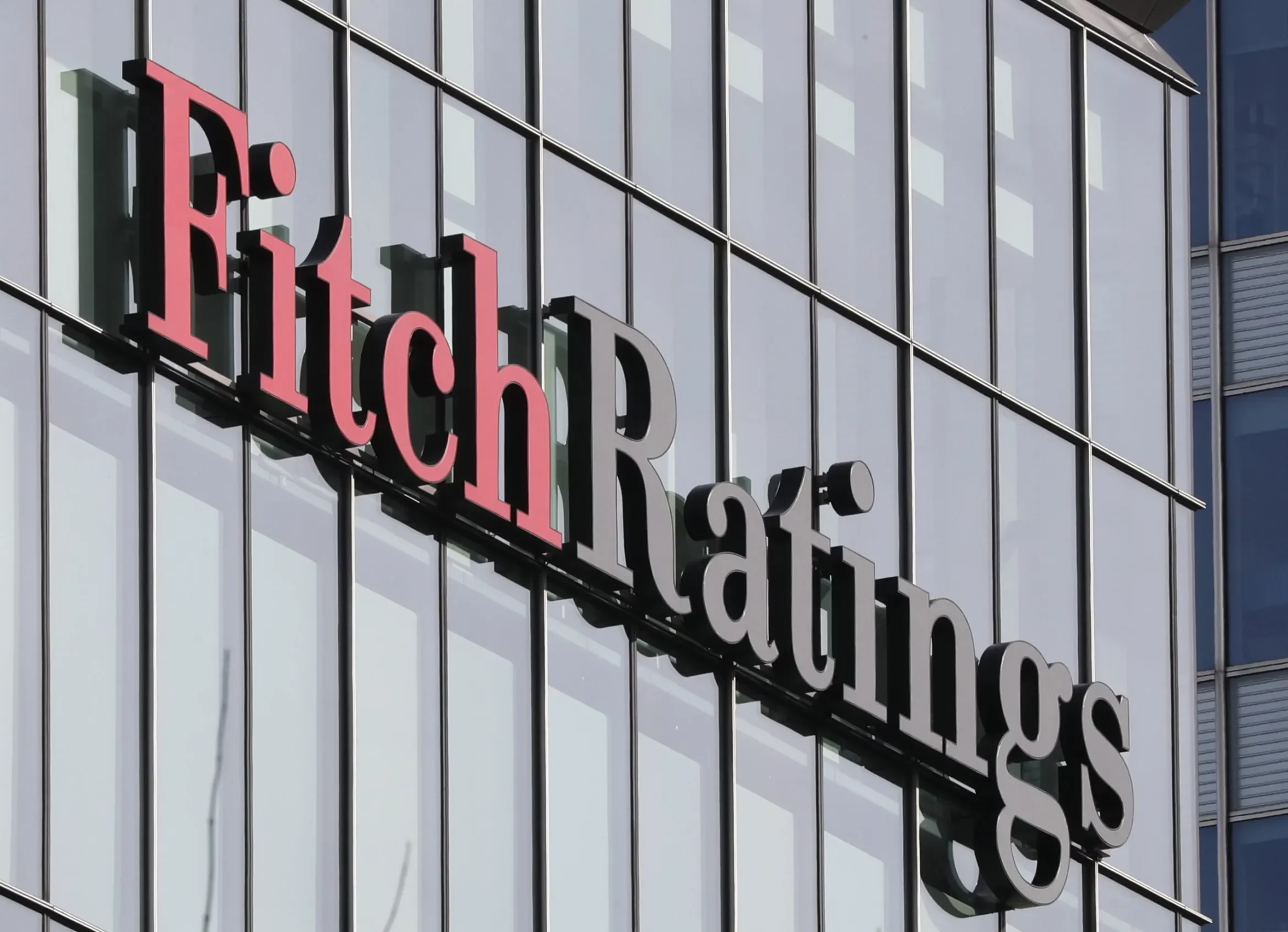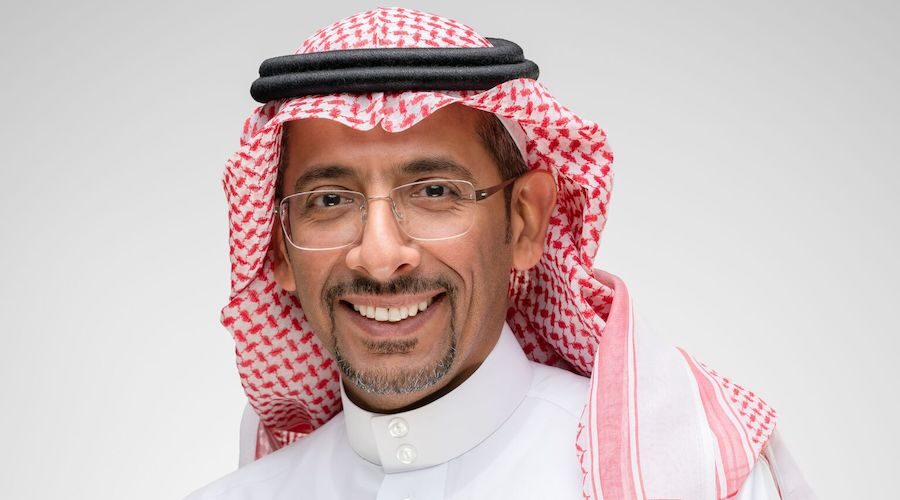There’s a new bullish case to go long gold – Longview Economics
The current run of record central bank purchases has helped support the price of the precious metal, but there’s an emerging new case as to why investors should be long gold, according to Chris Watling, Chief Market Strategist at Longview Economics.
“[A]s we outlined in our recent analysis of central bank/official buying of gold, there’s no clear correlation between the level/growth of their purchases and the direction of the gold price,” Watling said in the company’s latest Commodity Fundamentals Report. “Indeed, apart from the past 18 months since the war, the gold price has been highly correlated with our 3 factor macro driven gold model,” which focuses on TIPS, interest rate expectations, and the performance of the U.S. dollar.
Watling said the key question is why this relationship has broken down over the last year and a half.

“Some argue that it reflects significant buying by central banks,” he said. “Others argue that it’s the TIPS yield itself which has been distorted (not the gold price), perhaps because of heavy selling of USTs by the Chinese in order to slow the RMB’s weakness […] Either way, the case is building for gold to resume its rally.”
First, Watling points out that gold is once again oversold and has returned to its 200-day moving average support level of around $1895.

“Given it’s also now oversold (see medium term technical market timing model – fig 4 below), and given our expectations about the shift in rate expectations and TIPS yields […] gold is once again an attractive LONG proposition,” he said.

Watling said that from a fundamentals perspective, gold continues to be driven primarily by rate expectations, real TIPS yields, and the dollar. “Reflecting our view that inflation has primarily been driven by monetary factors,” meaning too much money chasing too few goods, “we continue to expect US inflation to fall rapidly, with deflation a possible and growing risk,” he said. “If correct and if our view on recession is also correct, then US rate expectations (& TIPS yields) should move notably lower.”

On the other hand, Watling points out that the outlook for the dollar is less favorable for gold. “It’s worth bearing in mind, though, that the possibility of interventions in both the RMB & YEN is growing with both currencies at/around levels of prior intervention,” he said. “Added to which, if 2 out of 3 key macro factors are supportive of the gold price, that would be a significant improvement over recent months and likely enough to drive the gold price higher.”
Watling cautioned that there are still risks to his bullish gold scenario, including “a 2008 style credit crunch” driven by the Fed’s dramatic tightening, but pointed to the March banking crisis as proof that the central bank was ready and willing to flood the system with liquidity to prevent this. “Hence it’s a low risk event (for LONG gold positions),” he said. “Other risks include dollar strength – although it’s noteworthy that gold rallied in 2001 (during that recession) despite bouts of dollar strength.”
Spot gold continues to hold its morning gains at the time of writing, last traded at $1915.44, up 0.95% on the session.
Source: Kitco

